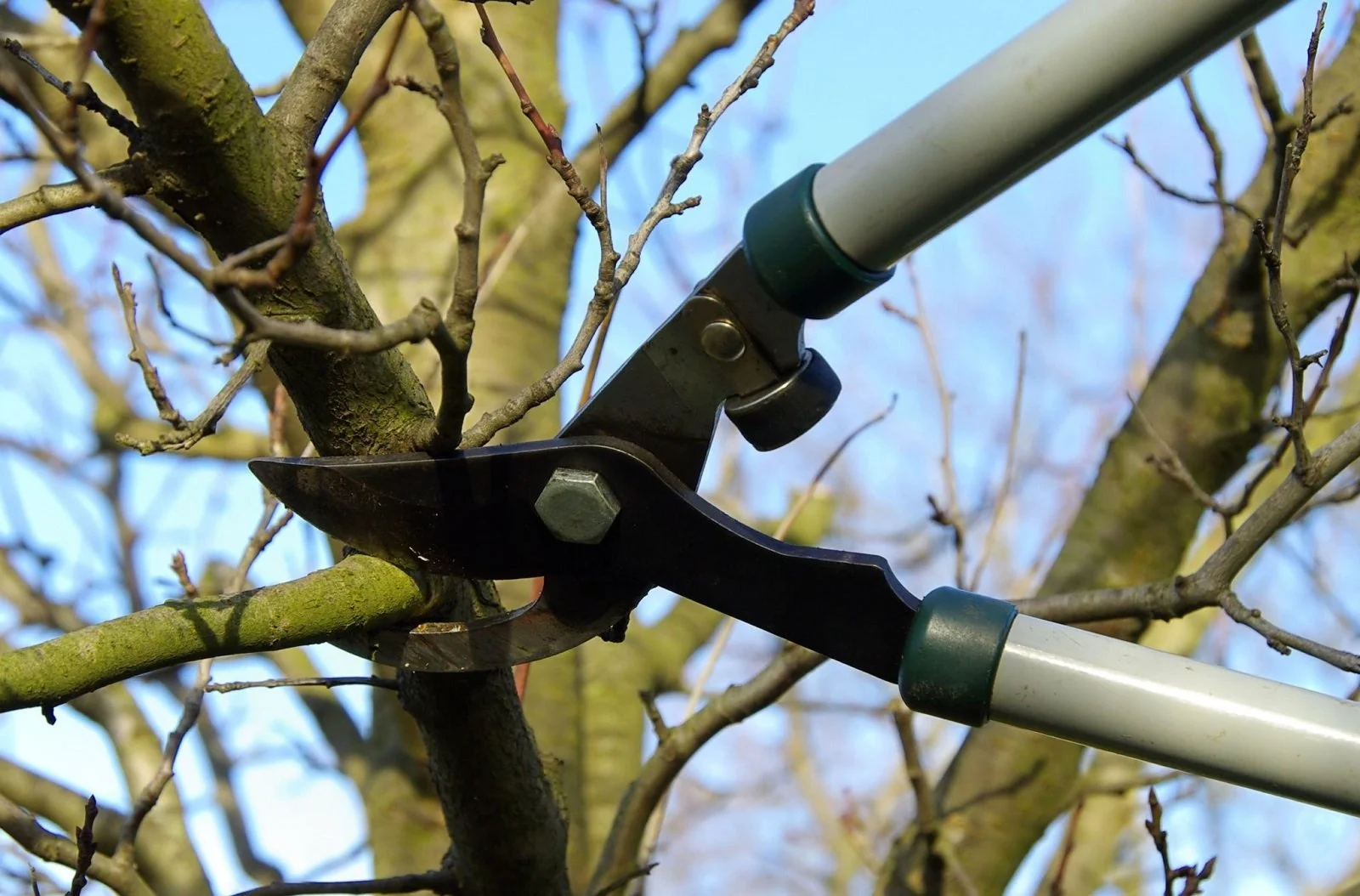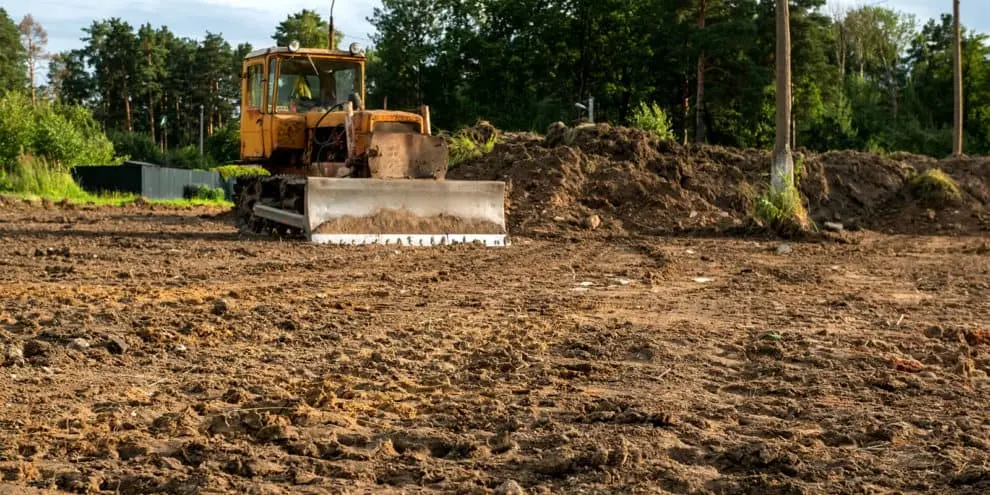The Costs of Tree Removal: What You Need to Know
Removing trees is a must to keep your property safe and attractive. Sometimes, trees need to be removed because they are dead, diseased, or pose a risk during storms. Other times, they might be involved in new construction or landscaping projects. Knowing when and why a tree needs to be removed can help keep your property safe and looking its best.
Understanding the costs involved in tree removal is crucial. For example, a large tree that's close to your house might cost more to remove than a smaller tree that's not near any buildings. Also, if the tree is sick or dead, removing it might be more dangerous, which can also increase the cost.
Homeowners must consider tree removal's cost, safety, and legal aspects. Some places require a permit to cut down a tree, which might affect the timing and cost. Also, hiring professionals who know how to remove trees safely is essential. They have the right tools and knowledge to do the job without hurting themselves or causing damage to your property.
By understanding these factors, homeowners can make informed decisions and ensure the process is done safely and economically. Remember, it's always best to consult with professionals regarding tree removal.
The size and height of the tree are significant factors. Generally, the bigger and taller a tree is, the more it will cost to remove. Large trees require more work, safety measures, and sometimes even special equipment to take down safely.
The type of tree also plays a significant role in determining the removal cost. Some trees, like oaks and maples, are more complex and heavier, making them more challenging to cut and move. On the other hand, softer trees like pines might be easier and cheaper to remove. Additionally, the condition of the tree impacts the price. A dead or diseased tree can be more unpredictable and risky to remove, possibly requiring extra precautions and thus increasing the cost.
Accessibility is another crucial factor. Removal is usually quicker and less expensive if a tree is easy to reach. However, if a tree is located in a tight space, near power lines, or close to buildings, it can be more complex and costly to remove due to the need for precise cutting and excellent care to prevent damage.
Finally, the tree's location affects the cost. Trees in front yards are often easier to access than those in backyards. If heavy machinery is needed, easier access can reduce the price significantly.
Understanding these factors can help homeowners better understand what to expect regarding the cost of tree removal. It's wise to consult with a professional tree service to get an accurate estimate based on these specific conditions.
Removing a tree can vary in cost, depending on many factors. Across the United States, the average price to remove a tree ranges from $200 to over $2,000. This wide range is because every tree and situation is different. Most homeowners, however, will likely spend between $700 and $750 on tree removal services.
The cost of tree removal also depends on where you live. For example, prices in urban areas might be higher than in rural areas. City trees are often closer to homes, power lines, and other structures. In rural areas, trees might be more spread out and accessible, making the removal process less complicated and cheaper.
Additionally, different regions of the country can have different costs. In places where tree removal services are in high demand, like areas prone to storms or natural disasters, costs can be higher. Conversely, the costs might be lower in regions with fewer trees or less demand for removal services.
Homeowners need to get several quotes from different tree removal companies. This can give you a better idea of what it typically costs in your area and for your particular tree situation. Remember, the lowest quote isn't always the best choice. It's crucial to consider the company's experience, insurance, and the safety measures they use. Choosing the right company ensures that the job is done safely and efficiently, avoiding potential damage to your property.
When you plan to remove a tree, there are some extra costs you might think about later. These additional costs can add up, so knowing about them beforehand is good.
First, there's the cost of stump removal and grinding. After a tree is cut down, the stump is left behind. If you want it gone, it will cost extra. Stump removal involves pulling the stump out of the ground, which can be a big job depending on the size and roots of the stump.
Next, there's the cost of clearing the land and hauling away debris. After removing a tree, branches, leaves, and possibly much wood will be left behind. Some tree removal services include cleanup in their prices, but others might charge extra for hauling away the tree parts. This service can cost anywhere from $50 to $100, depending on the amount of debris and your location.
Finally, if you need a tree removed quickly because it's an emergency—like after a storm or threatening to fall on your house—this can cost much more than a planned removal. Emergency tree removal services are usually available 24/7 but can be priced significantly higher due to the immediate risk and the need for fast action.
Knowing these additional costs can help you budget better for the total cost of removing a tree from your property. Always ask the tree service for a complete quote that includes these potential extra charges.
Understanding the costs of small, medium, and large trees can help you budget for this task.
Small Trees (under 30 feet): Small trees are usually the easiest and cheapest to remove. Examples include crabapple trees and most young trees. Removing a small tree typically ranges from $150 to $400. Because they are shorter and have thinner trunks, small trees require less complicated machinery and fewer safety precautions, which keeps the cost down.
Medium Trees (30-60 feet): Medium-sized trees, like full-grown birch or medium pine, cost more to remove than small trees. The cost to remove a tree of this size usually ranges from $450 to $700. These trees are taller and often have thicker trunks and more branches, so the removal process takes longer and might require more complex equipment.
Large Trees (over 60 feet): Large trees, such as mature oaks or tall pines, are the most expensive to remove. Removing a large tree can cost anywhere from $900 to over $1,200. The higher costs are due to the significant labor, safety measures, and specialized equipment needed. Large trees often have extensive roots and heavy branches that pose potential risks during removal, requiring expert handling.
Regardless of the tree's size, hiring professionals to handle the removal is essential. They have the right tools and knowledge to do the job safely and efficiently, ensuring that your property and everyone around stays safe.

When planning to remove a tree from your property, you must understand local regulations and whether you need a permit. Many cities and towns require permits for tree removal to ensure safety and to maintain the local environment. Knowing these rules can help you avoid fines and ensure the removal is legally done.
First, check with your local government or city's planning department. They can tell you if you need a permit to remove your tree. Some areas require permits only if the tree is of a specific size or a protected species. For example, large oak trees or heritage trees might be protected due to their age and significance to the community.
The cost of a tree removal permit varies depending on where you live. The permit might be free or cost around $25 in some places, but it could cost $100 or more in others. This cost can add to the overall expense of removing a tree. Additionally, if you remove a tree without a required permit, you could face fines, which would further increase your costs.
Applying for a permit requires you to submit a reason for the tree removal, such as the tree being diseased or posing a risk to your home. Sometimes, a professional arborist may need to inspect the tree and provide a report, which could be an additional cost to consider.
Understanding these requirements and planning ensures your tree removal project goes smoothly and stays within budget. Always check local regulations early in your planning process to be well-prepared and informed.
Choosing the exemplary tree removal service is essential for ensuring the job is done safely and efficiently. Here's how you can select the best service for your needs:
Check Credentials and Insurance: First, ensure the tree removal company has the proper credentials and insurance. A reputable service should have both liability insurance and workers' compensation insurance. This protects you if something goes wrong, like an accident on your property. Also, check if the company's staff includes certified arborists. These professionals have special training in caring for and removing trees safely.
How to Select the Right Service: Look for companies with good reviews and recommendations. It is also a good idea to choose a company with experience with the specific type of tree or situation you are dealing with. For instance, if you have a huge tree close to your house, you need a service with experience in carefully removing large trees.
Getting and Comparing Quotes: Once you have a few companies in mind, get quotes from each. Ensure these quotes include everything from the job's start to the tree's cleanup and disposal. Check what safety measures they use and if they have any extra charges for services like stump removal.
Always take your time to choose the exemplary service to ensure the best outcome.
FAQs
Does taking down a tree on my land require a permit?
A permit would be beneficial to remove trees in multiple locations. Depending on the size and kind of the tree and where you live, the needs may change. It's essential to check with your local government or planning department to determine the specific rules for your area. Getting a permit ensures you comply with local laws and avoid fines.
How much does tree removal cost?
The size, location, and difficulty of the task all affect the cost of tree removal. Small trees can cost between $150 and $400 to remove, while medium-sized trees might cost $450 to $700. Large trees can cost $900 or more. Additional costs can include stump removal, debris hauling, and emergency services.
Conclusion
To prevent legal problems or fines, it is imperative to be aware of local regulations and to secure the required permits. It is essential to work with a licensed and insured tree removal company. This guarantees the task is completed effectively and safely, safeguarding your property and the workers.
When choosing a tree removal service, look for reliable and experienced professionals. Check their reviews, confirm their insurance coverage, and compare quotes to ensure you get the best service for a fair price. Feel free to ask for detailed information about what is included in their service to avoid unexpected costs.
Contact us for tree removal service today if you're considering removing a tree or need more information on the process. They can provide you with a free estimate and answer any further questions. Don't wait; contact a professional tree removal service and take the first step towards a safer and more beautiful home environment.




